Post-Construction Runoff
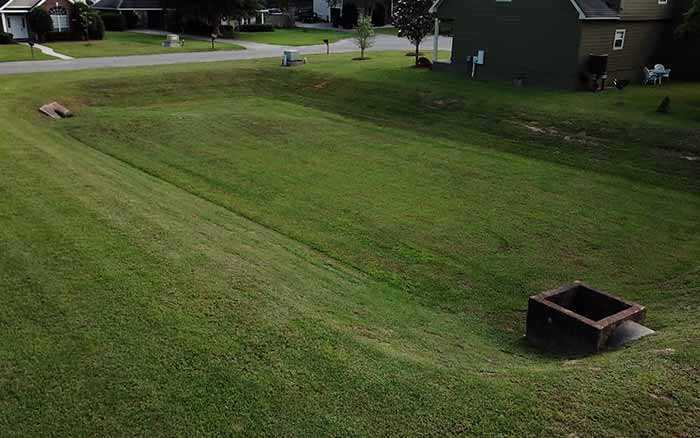
Regularly inspecting and maintaining detention ponds and other post-construction stormwater elements can prevent problems and improve water quality for everyone’s benefit.
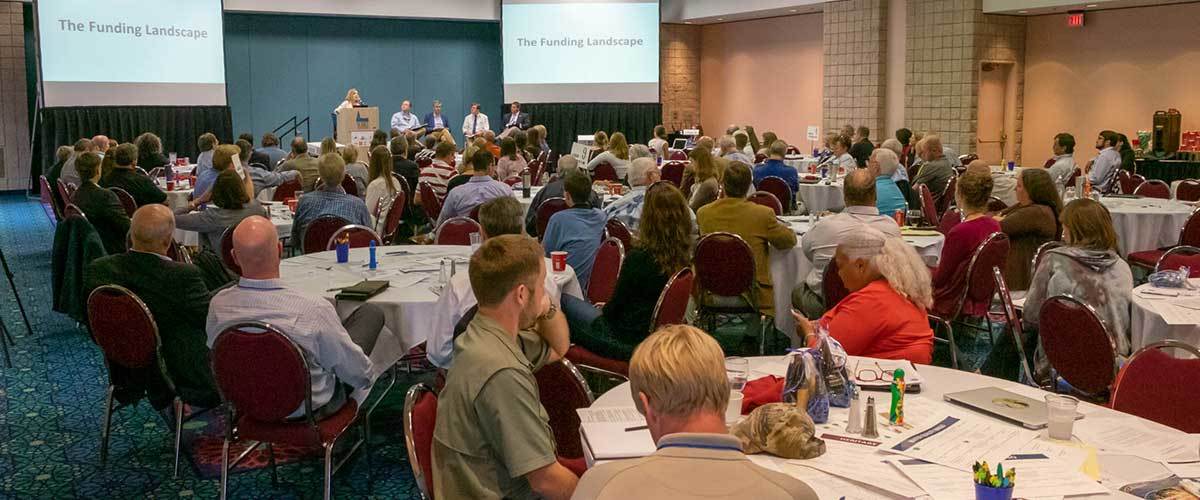
Distributing educational materials and performing outreach to inform citizens about the impacts polluted stormwater runoff discharges can have on water quality and providing opportunities for citizens to participate in program development and implementation, including effectively publicizing public hearings and/or encouraging citizen representatives on a stormwater management panel. Find out more ideas about education outreach and public participation
To satisfy this measure, the city or municipality needs to implement a public education program to distribute educational materials to the community or conduct equivalent outreach activities about the impacts of stormwater discharges on local waterbodies and the steps that can be taken to reduce stormwater pollution.
Operators of regulated small MS4s are encouraged to utilize partnerships with other governmental entities to fulfill this minimum control measure’s requirements. It is generally more cost-effective to use an existing program, or to develop a new regional or state-wide education program, than to have numerous operators developing their own local programs. Operators also are encouraged to seek assistance from nongovernmental organizations (like Mobile Bay NEP and Clean Water Future), since many already have educational materials and perform outreach activities.
Operators of regulated small MS4s may use stormwater educational information provided by their State, Tribe, EPA Region, or environmental, public interest, or trade organizations instead of developing their own materials. Operators should strive to make their materials and activities relevant to local situations and issues, and incorporate a variety of strategies to ensure maximum coverage.
The public education program should use a mix of appropriate local strategies to address the viewpoints and concerns of a variety of audiences and communities, including minority and disadvantaged communities, as well as children. Printing posters and brochures in more than one language or posting large warning signs (e.g., cautioning against fishing or swimming) near storm sewer outfalls are methods that can be used to reach audiences less likely to read standard materials. Directing materials or outreach programs toward specific groups of commercial, industrial, and institutional entities likely to have significant stormwater impacts is also recommended. For example, information could be provided to restaurants on the effects of grease clogging storm drains and to auto garages on the effects of dumping used oil into storm drains.
An MS4, for example, could develop a stormwater public education campaign for radio and television to increase the number of dog owners who pick up after their pets. To measure the program’s progress towards this goal, stormwater public awareness surveys could be completed at the beginning, during, and at the end of the permit term to gauge any change in pet owner behavior over time. As another example, an MS4 might want to encourage “do-it-yourselfers” to recycle used motor oil by establishing and advertising a municipal drop-off center. The MS4 could measure progress toward this goal by tracking the amount of motor oil collected and correlating those data to the timing of public service announcements and other advertisements to see if their message is being received.
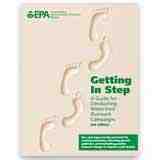
US EPA has written a guide for conducting watershed outreach campaigns
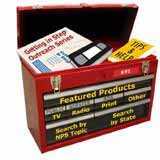
The Nonpoint Source (NPS) Outreach Toolbox is intended for use by state and local agencies and other organizations interested in educating the public on nonpoint source pollution or stormwater runoff. The Toolbox contains a variety of resources to help develop an effective and targeted outreach campaign.

Regularly inspecting and maintaining detention ponds and other post-construction stormwater elements can prevent problems and improve water quality for everyone’s benefit.

MS4 (Municipal Separate Storm Sewer Systems) includes all stormwater pipes, ditches and infrastructure conveying stormwater from developed areas into local rivers and streams.
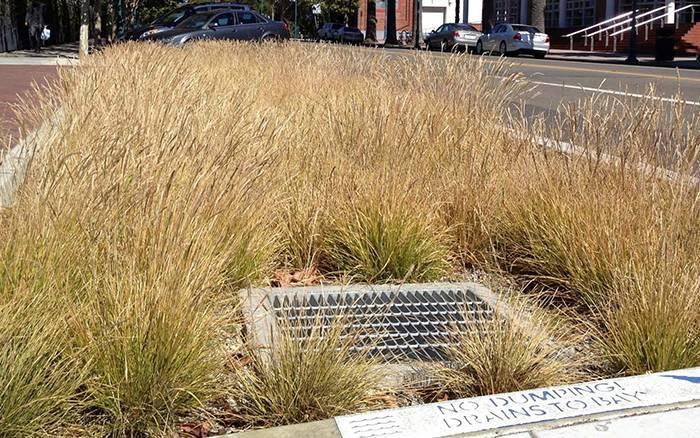
Low Impact Development (LID) techniques imitate natural processes to help rainfall absorb into the ground instead of becoming stomwater runoff requiring culverts, pipes, and basins
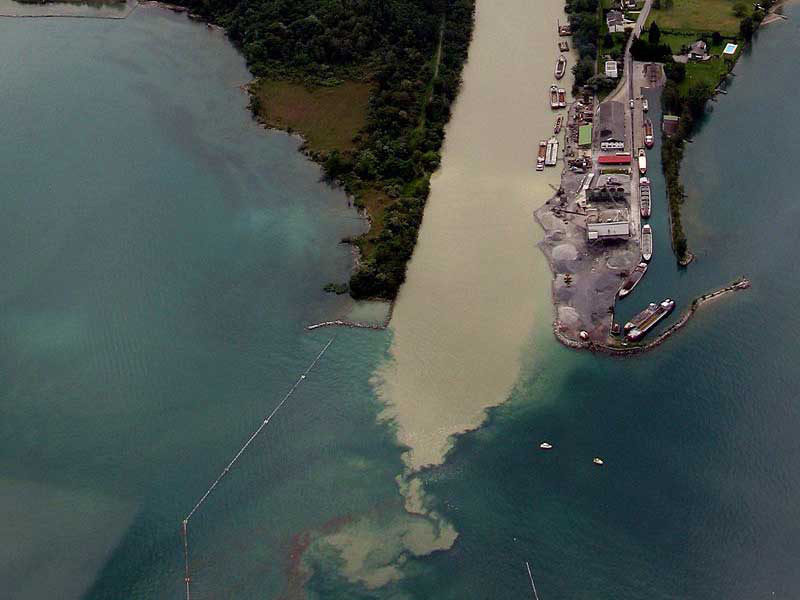
When water rushes off hardened surfaces, erosion of sediments degrade water conditions and smother and disrupt seagrass growth and the habitat for benthic organisms they provide.

Compounds like oil, grease, and heavy metals take a long time to break down and threaten the health of both aquatic and human life.
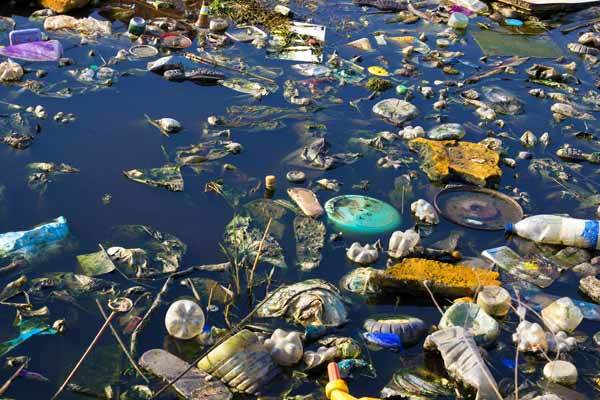
Litter is not only unsightly, but it also causes a variety of problems to the ecosystem as it enters our waters where it is often is mistaken for food by fish and invertebrates.
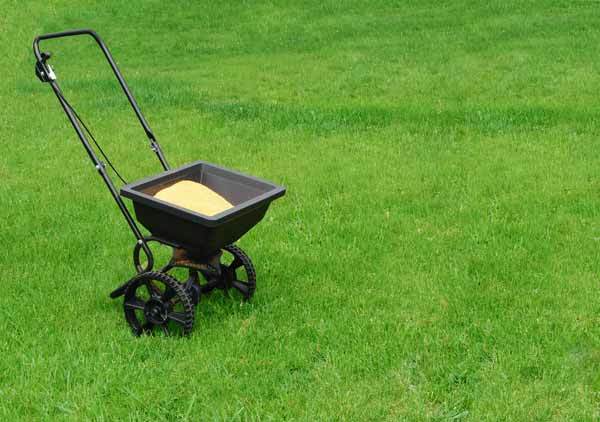
Too much fertilizer, pet waste, and other nutrients in our water often lead to serious problems like lowering dissolved oxygen levels, preventing seagrass growth, and killing fish.
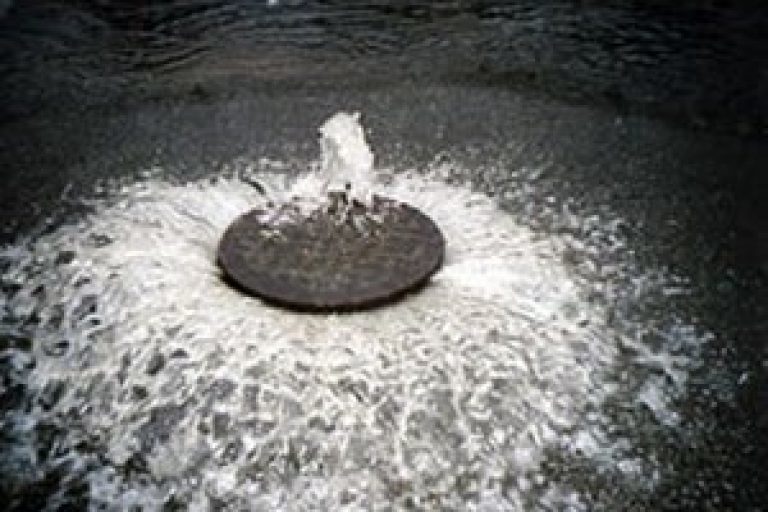
Disease-causing microorganisms, including bacteria, viruses, and other single-celled organisms, are referred to as pathogens, some, like Salmonella, cause human health problems.
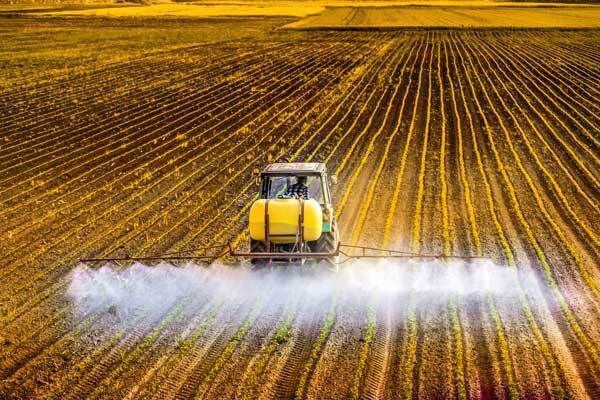
While pesticides are designed to be toxic to certain organisms, they can often be harmful and kill other species in the marine system that are important for the entire ecosystem.